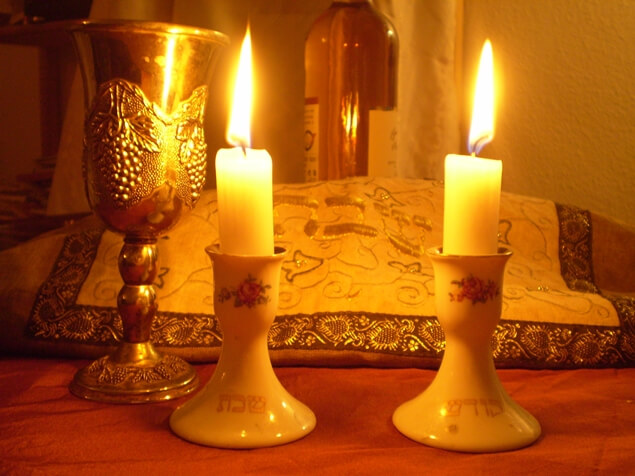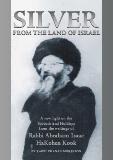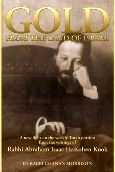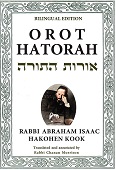
It is customary in most Jewish communities to light Sabbath candles 18 minutes before sundown. The Talmud (Shabbat 23b) records a conversation between fifth-century scholar Rav Yosef and his wife regarding the proper time to light.
Not Too Early, Not Too Late
When Rav Yosef saw his wife lighting just moments before sundown, he gently rebuked her, explaining that the candles should be lit earlier, while it is still light outside. He compared the Sabbath lights to the pillar of fire that led the Israelites during their travels in the desert.
“The Torah states: ‘The cloud-pillar by day and the fire-pillar by night never left their place in front of the people’ (Ex. 13:22). This teaches that the cloud-pillar would complete the task of the fire-pillar, and visa-versa.”
In other words, the cloud-pillar would appear shortly before the start of day, and the fire-pillar would appear shortly before the night. So too, we should light Sabbath candles before the start of night.
Upon hearing this, Rav Yosef’s wife considered lighting much earlier Friday afternoon. But the scholar instructed her to light ‘not too early and not too late.’
This account requires clarification. What is the connection between pillars of fire and Sabbath candles? And why should one light not too early and not too late?
Fire and Cloud
The pillars of fire and cloud provided a visual focus for the Israelites in their travels across the vast desert. At first glance, it would seem that these two phenomena were unrelated, since they served opposite functions. The fire-pillar lit up the night, while the cloud-pillar blocked the desert sun and provided shade. But in fact, they shared a common purpose, as they both provided a continual point of reference for the people. As Rav Yosef taught, each one completed the work of the other. This complementary relationship expressed itself in the fact that, as the day waned, the fire-pillar already began to appear. And as the night neared its end, the cloud-pillar would become visible.
Similarly, Sabbath lights are a focal point of the Sabbath’s inner peace and holiness. Like the pillars of fire and cloud, we have two opposites — the Sabbath and the days of week. And like the pillars, they also share an inner connection. The enlightenment of Shabbat should not be confined to the twenty- four hours of the Sabbath day, but should influence and benefit the entire week. By lighting the Sabbath candles before Shabbat has commenced, we demonstrate that the Sabbath light casts its spiritual radiance over the other days of the week.
However, lighting too early is also inappropriate. The weekdays have their own function and purpose. Without the six days of activity, we could not fully experience and appreciate the spiritual rest of Shabbat. Just as a white piece of paper stands out more clearly when contrasted against a black background, so, too, the holiness of the Sabbath is more vivid against the background of six days of work.
Exile and Redemption
The final redemption is described as a time that is “completely Sabbath” (Tamid 33b). The redemption also has its polar opposite - the period of exile. Yet each is required in its own time. Were the redemption to come before its time, we would be unprepared for it, and blinded by its brilliant light. As Rav Yosef taught, the light needs to come at the proper time. Not too early, not too late.
(Silver from the Land of Israel. Adapted from Ein Eyah vol. III on Shabbat 23b (2:31).)





